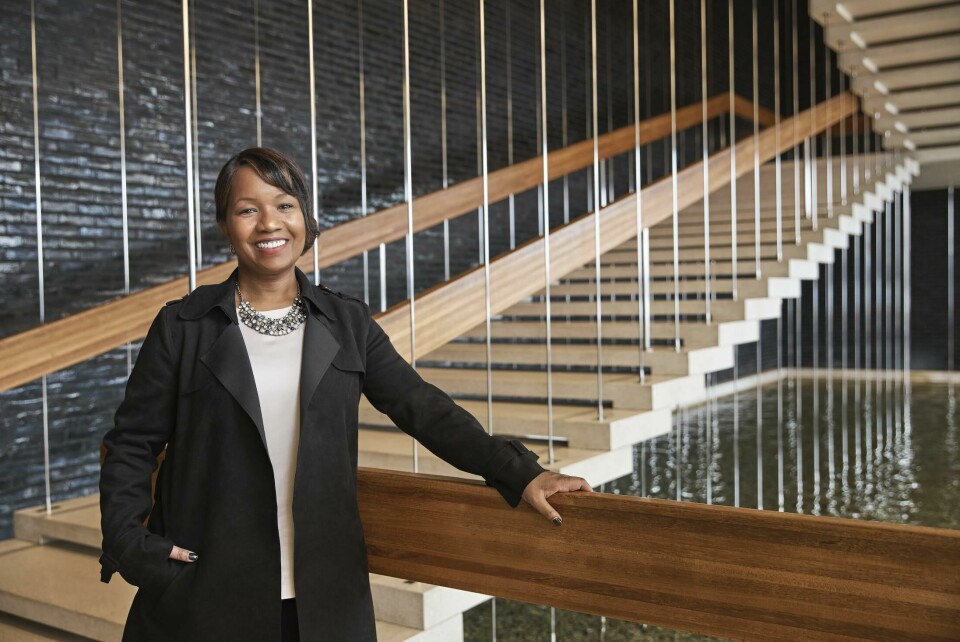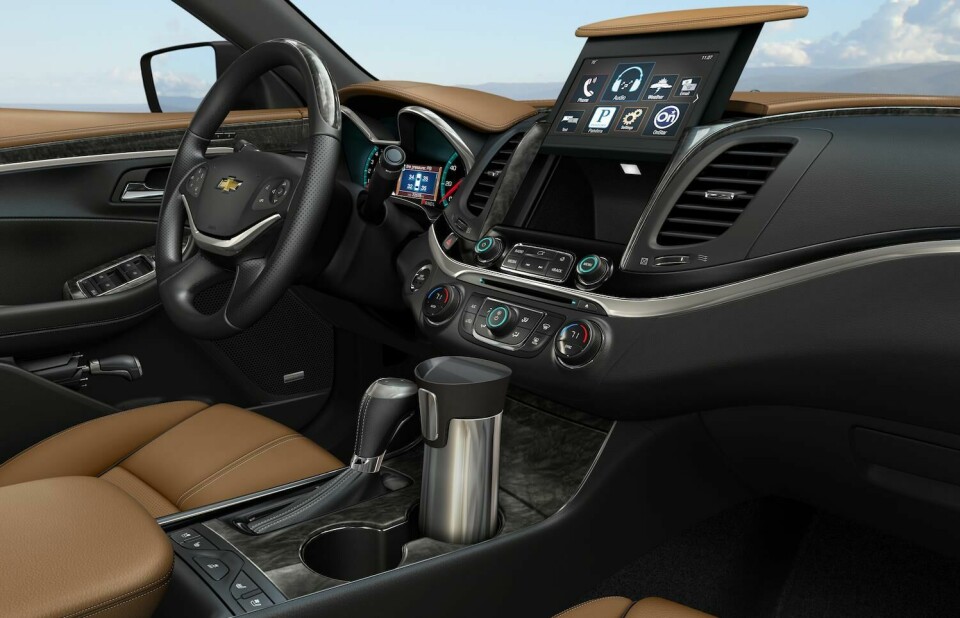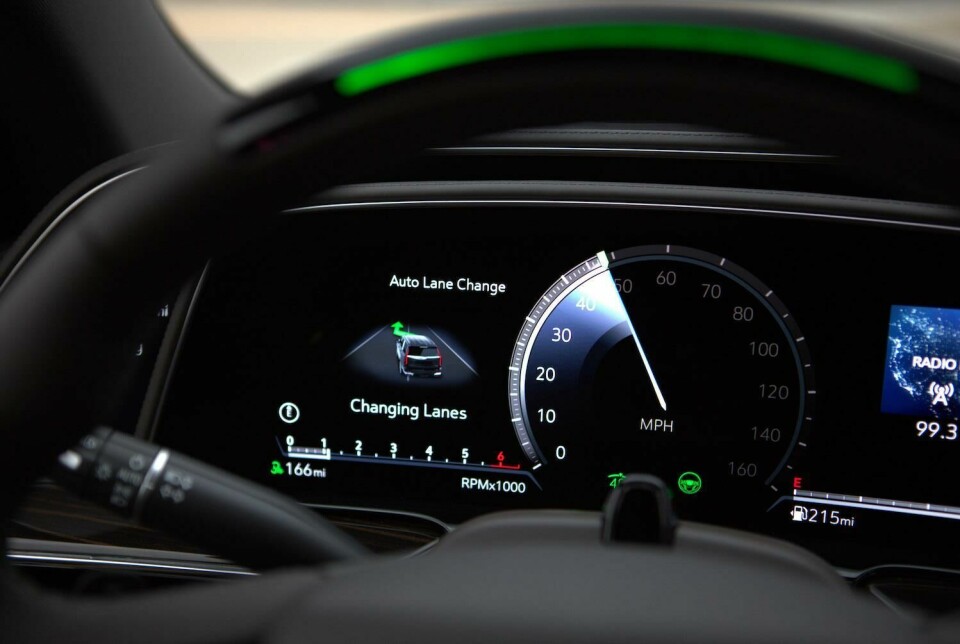
Car Design Review 7: Crystal Windham, Cadillac
Crystal Windham of Cadillac picks out three career highlights that changed the way she approaches design
My design career really started with an art teacher who helped me create a portfolio that allowed me to enter the College of Creative Studies (CCS) in Detroit. I was taking various art courses there when the chair of transportation design, Carl Olsen, encouraged me to enroll in the ‘Introduction to Automotive Design’ course. I hadn’t thought much about automotive design, but when I got started in the class, I fell in love. There was no looking back. I had found my calling.
An internship at GM allowed me to experience automotive interior design. I had considered a career in interior design, but I thought it would be in the design of houses, not cars. The internship changed all that and led to a job offer from GM. I have been here ever since. I can name three assignments in my 25 years here that have helped me grow in my career as a designer. The first was taking an international assignment in Germany at Opel. Observing and then learning a different design and manufacturing culture broadens your perspective of the world and even within your own company. The second assignment was at Buick – an exterior design project for the Verano, which was a sharing assignment with our design partners in China. Given this car’s international market, it was an excellent opportunity to design with a global perspective in mind.
“At Cadillac, we have to be at the top of our game, because the competition across the range of luxury brands, whether in design, technology or performance, is excellent now”
My third significant assignment was moving into a director position of interior design at Chevrolet and redesigning the concept of the interiors of Chevrolet was an enormous opportunity for me. In particular the design of the interior of the Impala set the standard for Chevrolet’s interior design and prepared me for the work I do today at Cadillac.

Along the way, I have developed a design philosophy that is infused into my design process. At the core of our work is a strong understanding of the brand, the customer base and the competition. With this fundamental knowledge we work to create a strong magnetic draw to both the interior and exterior of our cars.
The design must be compelling at all readings – first, second, and third – from overall form to the smallest detail. ‘Surprise and delight’ should inform the design at every level. Along the way, the design process should embrace innovation and seek out unconventional and forward-thinking solutions. I enjoy working with designers who can embrace this philosophy and bring strong artistic and technical skills to the project. They must be positive, willing to take risks – maybe failing occasionally – and even be uncomfortable in the design space as we search for solutions. A designer should be confident, but humble, open to new ideas and new design influences. And they should be comfortable working as a team with others and combining their skills and strengths with those of their colleagues.
This design philosophy and the design teams that embrace it are critical for the years ahead as we transition to a new era of cars. Automotive luxury in the 2020s will be characterised by technology that is more integrated, less intrusive, and more user-friendly. There will be more interconnection with the personal devices of drivers and passengers. This technology will be used to entertain and provide superior comfort, as well as make travel safer. Interiors will be designed to be pleasing to the senses, from touch to sound and even to smell, allowing for a journey to be very relaxing, even for the driver. We are already seeing these trends reflected in a new generation of Cadillacs.
The 2016 Escala concept car was our first expression of these new ideas and its interior design is the basis for so much of what we are doing today. The selection of materials, the fabrics and their craftsmanship were highly influential in our current designs. The newly-launched Escalade brings the ideas expressed in the Escala to our Cadillac flagship. The interior is meant to bring the experience of a car to a truck. It is an SUV that is almost like a second home. There is a custom look and feel to the interior, from the overall first impression to the smallest details, like the stitching and piping on the seats.
Technology is definitely on display in the Escalade, but in an advanced way that feels more integrated into the overall design. The curved OLED screen, first seen on the Escala, is part of a new generation of displays that will be featured on Cadillac products. The size and pixel density of this customisable screen, along with its augmented reality and night-vision features, is unparalleled in the industry and will set the standard for future screen displays.

The GM Supercruise, first featured in the Cadillac CT6, will bring an amazing new driving experience to the Escalade. The new generation of Supercruise premiering within the new Escalade features lane-changing abilities, a new sensor package and works on 200,000 miles of North American roads. For long-distance, luxury travel it is a totally new level of comfort and convenience for the driver. Forthcoming models will integrate these features to an even greater degree and will feature some of our most advanced design ever, as well as electric powertrains in some models.
At Cadillac, we have to be at the top of our game because the competition across the range of luxury brands, whether in design, technology, or performance, is excellent now. But we feel that our design teams, along with our engineers, are raising Cadillac to a new standard that will keep us more than competitive as the decade progresses. It is a very exciting time to be a car designer and I am glad to be working with Cadillac on a new generation of cars that will redefine luxury in the automotive space.
This article first appeared in Car Design Review 7.







